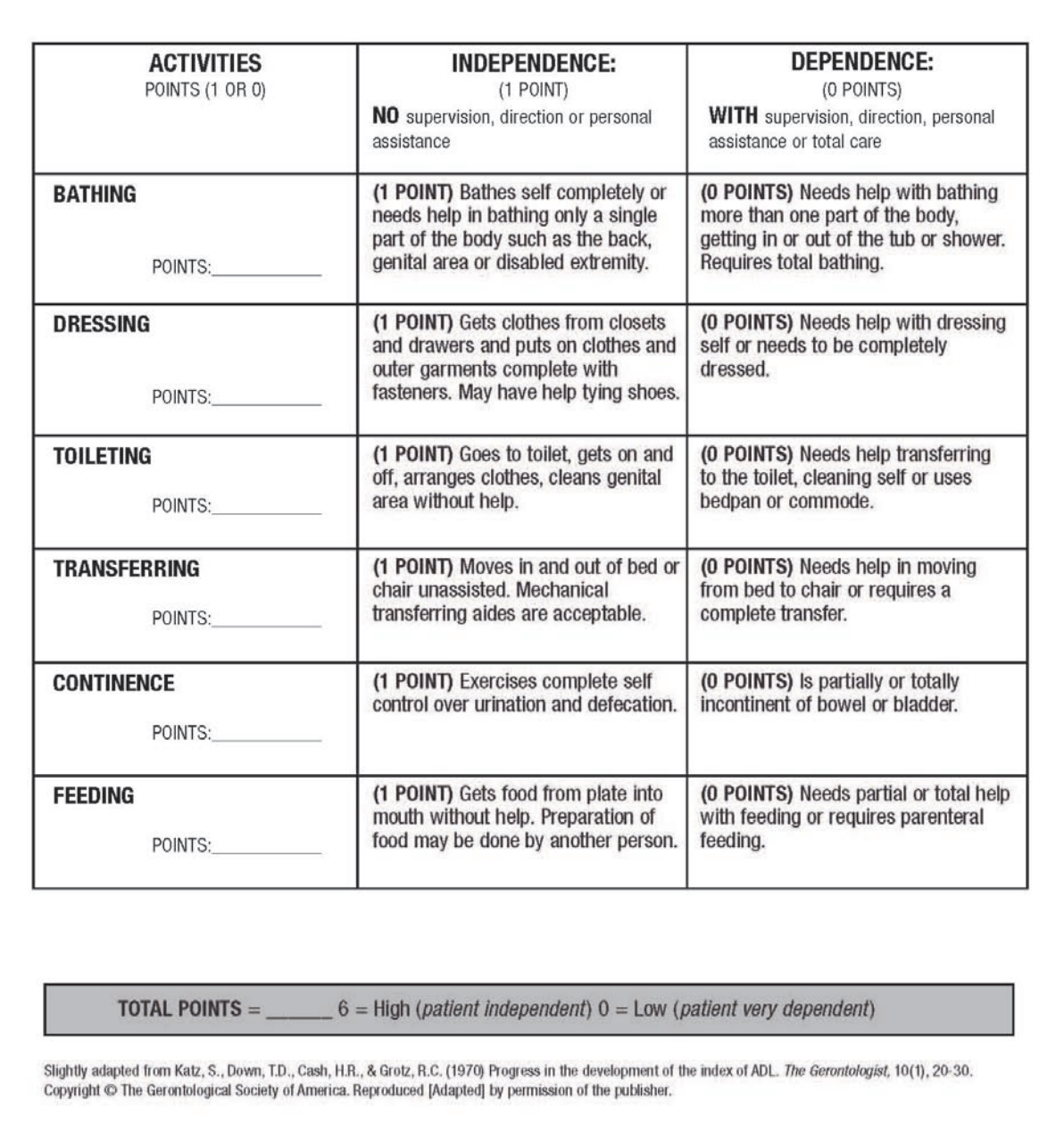Activities of Daily Living: Demystified and Explained
Many insurance claims, especially those for veteran benefits, require proof of a senior having issues or being unable to perform activities of daily living (ADLs) or instrumental activities of daily living (IADLs). These are not terms most people use in their daily life, and filing paperwork or visiting a doctor which requires these terms to be used can be daunting! It is time to demystify these two ideas so everyone can understand them clearly.
Activities of Daily Living
Any activity that someone is required to do each day to live and function on their own can be considered an ADL. Maintaining independence is key in attributing whether or not an activity is an ADL. There are many variants on a list of what constitutes an ADL, and no list can be exhaustive. Many people experience issues with ADLs as they age, but their onset is often accelerated by an accident or issue, like a fall or stroke.There are five major categories actions fall within to be considered and ADL:
Personal hygiene
Dressing
Eating
Continence
Mobility
Personal Hygiene consists of care required to maintain a healthy and clean life. Actions in this category could be bathing, nail care, grooming, and dressing.
Selecting clothing daily is part of the dressing ADL. Choosing attire that fits the weather or the situation is important, as well as the ability to dress or undress oneself.Preparing and consuming food is a major function of the eating area of ADLs. Anyone unable to do these things will have a difficult time sustaining independent living.
Continence is usually one of the first outward signs of someone’s inability to function alone. Using the restroom, which includes recognizing the urge, going to the bathroom when the urge is felt, using the toilet itself, and cleaning up after bathroom use is all part of this ADL.
Not being able to get in or out of bed or chairs can constitute an issue with the mobility are of ADLs. Even the basic function of standing can be an issue for some, which doesn’t include the ability to walk with balance. Any issue with these activities can cause someone to need assistance daily.
Instrumental Activities of Daily Living (IADLs)
IADLs do not need to be performed each day, but none-the-less need to be performed to live on ones own. IADLs are generally more difficult or complex tasks and seniors will often lose these abilities before they lose the ability to complete ADLs.IADL function areas include:
Communication
Transportation
Meal Preparation
Shopping
Housekeeping
Medication Management
Financial Management
Using the phone, email, or internet is considered part of daily functioning in communication. Those who are unable to operate these devices are suffering from an inability to reach out, which may lead to issues as aging progresses.
Driving to appointments or the grocery store may become more difficult with age, and may create a transportation deficit for a senior. Being able to travel on public transportation may also decline with age and can keep a senior housebound.Meal preparation is a critical activity to successful and healthy living, but it is an incredibly complex task. From planning the meal, to preparing the ingredients, cooking, and storage, someone who lacks this ability will have a hard time living independently.To prepare a meal, a senior will need to go shopping. Often this will be affected by transportation issues, but sometimes, when a senior is unsupervised, they will begin to make purchases that are not appropriate for their needs.
Mobility issues can alter the ability to keep up with housekeeping. Cleaning is important to a safe and healthy home, whether it is vacuuming, doing dishes, or sanitizing the bathroom.
Many seniors will forget to take their pills and this will lead to medication management problems. Some medication requires consistency for effectiveness, while others are needed to make it through each day. Seniors who neglect their medications will often be in danger of losing their ability to live alone.
Personal financial management can change a senior’s life. Those who are unable to handle their bill payment or savings account can be forced to leave their homes or can settle their families with debts upon their death. Scams on the elderly are also prevalent and requiring help with finances can be a sign of the need for a caregiver or other intervention.
Assessing Need
There are many checklists and scales available to see if a senior is having issues with ADLs or IADLs. These checklists will help gauge the need for assistance, whether it is a family member that needs to check in with their loved one once a week, or if a professional caregiver is needed for multiple hours a week.Most seniors will not go from fully independent to total dependence overnight. There will be a decline over time, and their need may increase. Using the Katz Index of ADLs, you can quickly identify the need for the senior.


